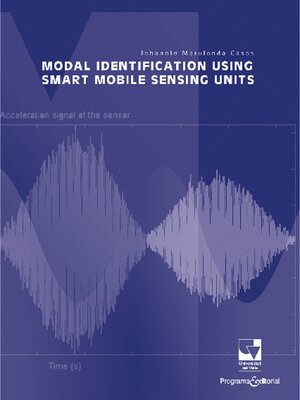
Sign up to save your library
With an OverDrive account, you can save your favorite libraries for at-a-glance information about availability. Find out more about OverDrive accounts.
Find this title in Libby, the library reading app by OverDrive.



Search for a digital library with this title
Title found at these libraries:
| Library Name | Distance |
|---|---|
| Loading... |
Civil infrastructure systems are extraordinarily important for society. Our economy, security, health, and comfort depend directly or indirectly on the adequate transportation, habitat, and communication systems. Nowadays, in addition to the impact of strong natural and human made events, infrastructure's deterioration caused by natural use and aging is a concern of the engineering community around the world. As an example, the American Society of Civil Engineers (ASCE) have given an average grade of D to the infrastructure of the United States of America for more than 10 years with only a slight improvement in the 2001 report (American Society of Civil Engineers, 2009). Additionally, the last report states that 2.2 trillion dollars need to be invested in the next five years to achieve an acceptable level. The development and implementation of strategies to maintain, analyze, enhance, and optimize these civil infrastructure systems should be a priority. Strategies to maintain or improve existing structural systems usually require numerical models of the structure to analyze its behavior (Zárate & Caicedo, 2008). These numerical models are used to evaluate structural performance under specific conditions such as heavy loading (Schlune et al., 2009), earthquake motion (Alyami et al., 2009), wind loading (Kim et al. 2009) or human activity (Racic et al., 2009). Therefore, developing accurate models of existing structures is key to evaluate the vulnerability (Galati et al., 2008), detect damage (Teughels & De Roeck, 2004), study retrofit alternatives (Stehmeyer & Rizos, 2008) and predict the remaining useful life of structures (Fritzen & Kraemer, 2009). The accuracy of the numerical model refers to the ability to reproduce the response of the real structure having parameters with a realistic physical meaning. This implies the experimental characterization of the static and dynamic behavior of the structure to compare it with numerical results and tune the model.







